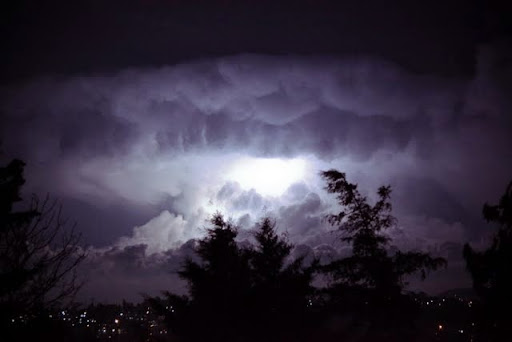Appie gets pregnant every now and then, and has babies. Floppy (I don’t name the dogs) was one of the last batch that stayed here.
Mother and son.
Floppy and his sister.
Playing with Jinny.
Floppy helping with the laundry clip.
Floppy sick; his final night.
The day he died, I wrote a few notes:
The puppy died today. “The puppy’s gone,” W tells me as I return from the market in the morning. He pulls back the metal barrier to the dog house to reveal the puppy, stiff, with eyes open, as though looking beyond the wooden box. I find this death both predictable and hard to believe and accept at the same time. The other night the puppy lay still in the dirt, and I had taken him for dead at that moment. Or at least that he was on that path, and he himself realized this impending fate. Yet I think that I held out some faith for his recovery despite his wretched appearance and demeanour this week, since we had taken him to the vet twice for IV and various medicines. Just yesterday the doctor had said the survival rate for dogs with this viral infection is 50/50, and this time I really wanted to see the glass half-full. But this morning, the dog is dead from Parvos Virus, at the age of 6 months. It is a jarring sight, to see him still and immobile, this young animal of so much life and vitality, this dog that had jumped off the roof so he could play with the other dogs. To see the spark of life so quickly extinguished, so suddenly absent from this environment, is sad, and quiet.
Everyone is dying. As D and I pass Bethel Hospital, a woman on the balcony cries out in anguish at the death of a loved one. We can hear it pierce through all the chaos of the traffic jam. Driving around the city, I come across homes that have erected makeshift bamboo structures for funeral services and death anniversaries. Plastic chairs fill opened rooms, from which can be heard the pastor’s somber voice through the crackling speaker system. After the service people gradually filter into another room where food has been set up. People sit, people talk, people eat just like any other day; in fact they’ve probably just seen one another at a similar event not too long ago.
music: john martyn – sunshine’s better




